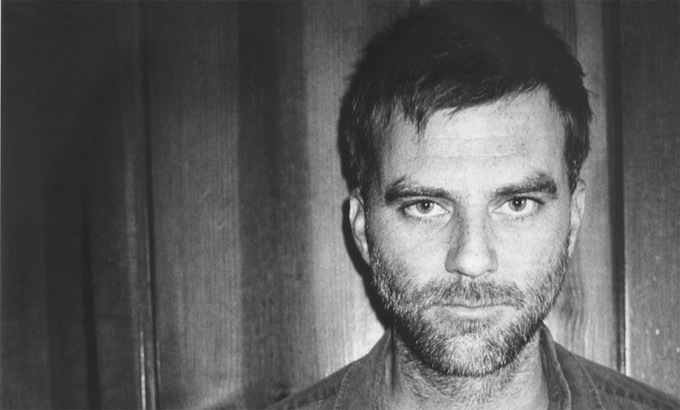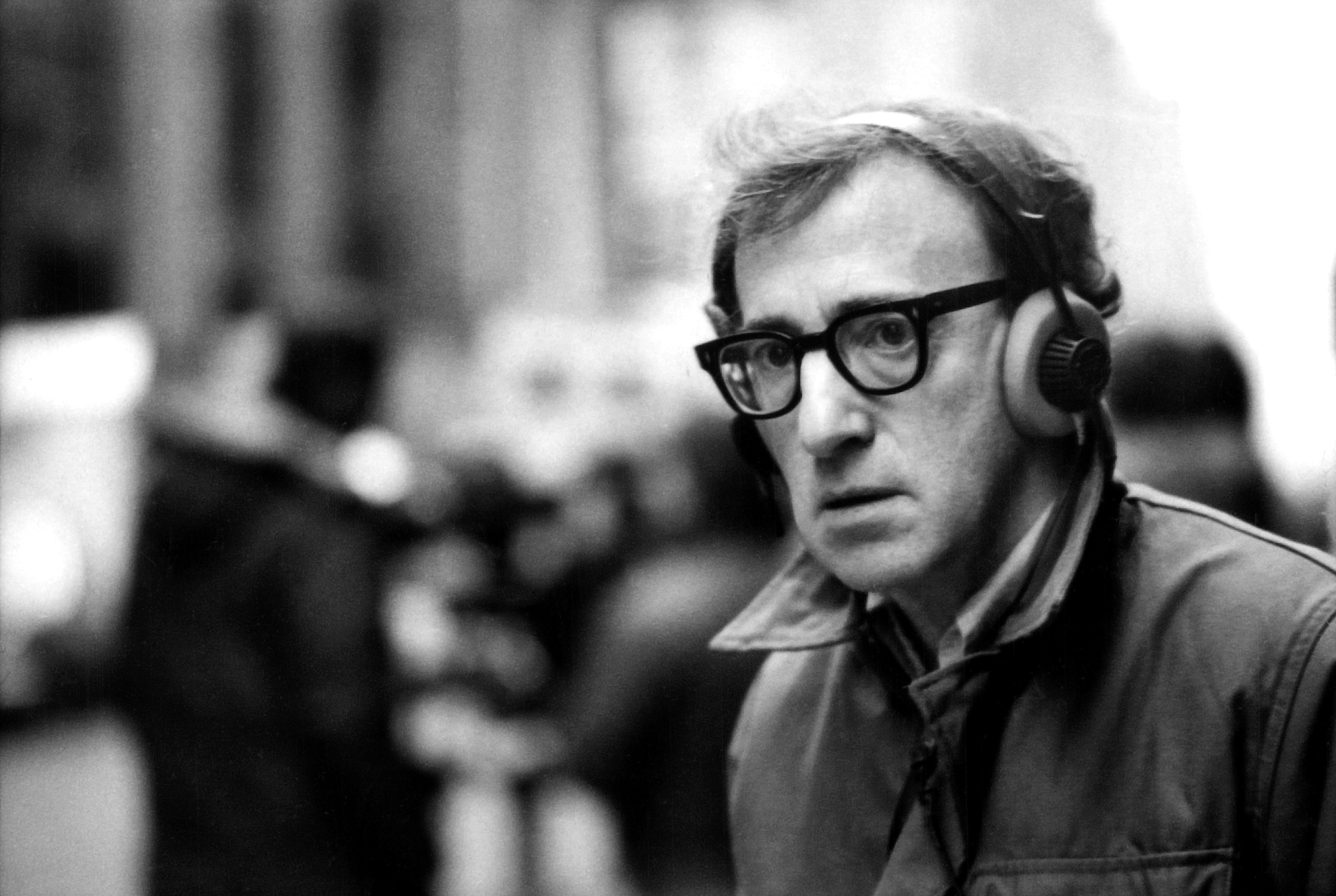Winning back to back Academy Award for Best Director is enough to rouse curiosity among the film buffs, and the Mexican-born, Hollywood filmmaker Alejandro González Iñárritu literally took home the Best Director Awards in the years 2015 and 2016 for the movies Birdman and The Revenant. Iñárritu, along with his Mexican pals Guillermo Del Toro and Alfonso Cuarón, invaded Hollywood and reinvented the contemporary Hollywood narratives with their magically realistic terrain of movie making.
Hollywood press fondly calls them “the three amigos” and their transitional filmmaking saga is a part of the history now. The triangle wouldn’t be complete without adding a center point, Emmanuel Lubezki; Hollywood’s most wanted cinematographer and a longtime friend and collaborator of the three amigos. Each of them bites gold in Hollywood in their own merit as Iñárritu and Emmanuel Lubezki won Oscars at the 2015 Academy Awards, while Alfonso Cuarón raised the golden statue for Best Director in 2014 for Gravity.
The Image That Comes Out of A Cinematographer’s Head, It’s Roger Deakins Speaking
After sweeping the major awards in 2014, Iñárritu and Lubezki turned up with the much awaited, The Revenant. The movie went on to gather critical acclaim all over and bagged three Golden Globe Awards, five BAFTA Awards, and three Academy Awards. In this Q and A session, Iñárritu opens up about the extreme measures and adventures underwent by his team in order to pull off such an ambitious and a Herculean movie project.
Iñárritu points at the fact that how the landscapes in a movie become the decisive factor in the narrative and its emotional sphere. He also reveals some techniques used during the shooting of The Revenant, in which the actors were called to the sets early to rehearse each and every shot multiple times. Iñárritu remembers it was a lot of preparations and there were scenes that took almost three months rehearsal prior to shooting. He says the knowledge and intimacy of the actors with the locations with extreme conditions helped a lot to realize the scenes precisely.
Iñárritu’s death trilogy, consisted of Amores Perros (2000), 21 Grams (2003) and Babel (2006), marked him as a significant figure in the international film festival circuit and introduced a new way of film narrative of interconnected stories told in nonlinear and hyperlink format.in his movies, the protagonists are microscopically analyzed and their dreams, apprehensions, desires, fears, complexes, weaknesses, and strengths are laid bare against a very expressive background complementing all these.
Akira Kurosawa Connects Dream, Memories & Reading With Filmmaking
He stresses the importance of telling your story with fewer dialogues as possible and conveys the emotions through powerful, cinematic visuals. Irrespective of presenting his characters good or bad, Iñárritu is always keen to present them as complex, confused, contradictory and vulnerable beings, who are closely connected with their surroundings and nature. Iñárritu calls his subjects “a prism of realities“ and for him, what is important is how things happening in life, other than telling a hollow story adorned with visual spectacles.
Iñárritu is the man who prefers to capture what’s going on inside one’s head with the camera movements and specific angles and, all his movies are mind maps of individuals, who rejoice, suffer, desire, make love, give birth and kill almost the same way irrespective of their geographical or ethnic differences.
Written By: Ragesh Dipu




